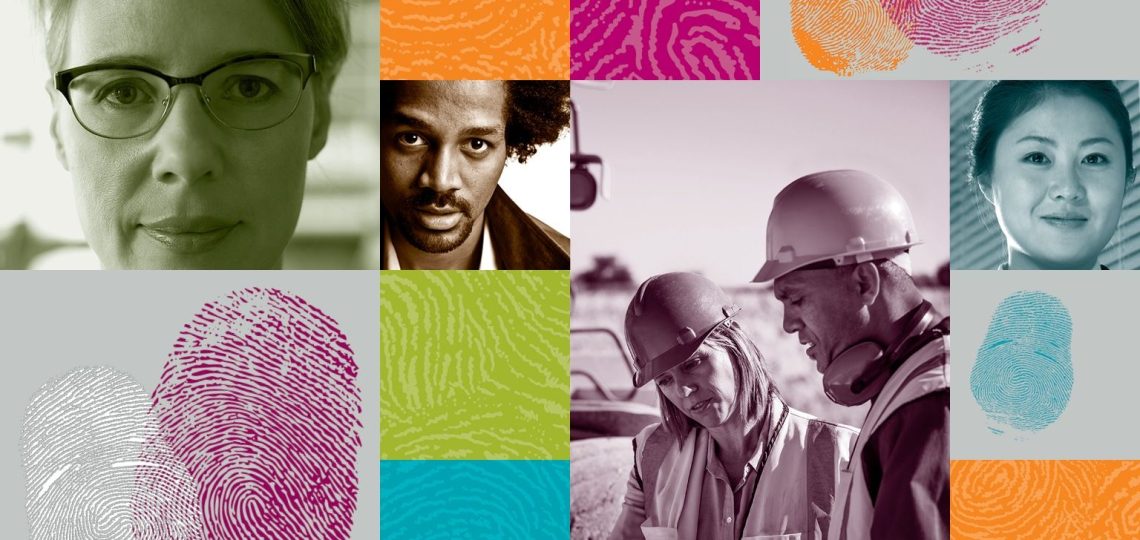
Diversity and Inclusion Strategies for Modern Workplaces
In today's competitive business landscape, diversity and inclusion have emerged as crucial factors for the success of modern workplaces. Companies that prioritize diversity and inclusion not only demonstrate their commitment to equality and fairness, but also benefit from increased creativity, innovation, and employee morale. This article explores various strategies that organizations can implement to foster diversity and inclusion in their workforce.
1. Embrace a diverse recruitment process
One of the first steps in building a diverse and inclusive organization is to improve the recruitment process. Companies should evaluate their job descriptions and ensure they are inclusive and do not inadvertently discourage qualified individuals from applying. Additionally, expanding recruitment channels can help reach a more diverse pool of candidates. Collaborating with diverse organizations, attending job fairs specific to underrepresented groups, and leveraging social media platforms are effective ways to widen the talent pool.
2. Implement unconscious bias training
Unconscious biases can negatively impact decision-making processes, including hiring, promotions, and performance evaluations. To combat these biases, organizations can provide unconscious bias training to employees at all levels. This training raises awareness about biases and helps individuals make more unbiased and inclusive decisions. By promoting a culture of awareness, organizations can create fairer workplaces that value diversity.
3. Create diverse and inclusive leadership teams
Leadership teams play a significant role in shaping company culture. To foster diversity and inclusion, organizations should ensure their leadership teams are diverse and inclusive themselves. This involves actively seeking diverse candidates for leadership positions and creating an inclusive culture where every voice is heard and valued. Diverse leadership teams bring different perspectives to the table, leading to better decision-making and encouraging diverse employees to feel included and empowered.
4. Foster an inclusive work environment
To cultivate inclusion, organizations should create a work environment where all employees feel safe, respected, and valued. This can be achieved through multiple initiatives, including: Establishing clear anti-discrimination policies Promoting open and honest communication Providing diversity and inclusion training to all employees Encouraging employee resource groups for underrepresented communities Recognizing and celebrating diverse perspectives and achievements An inclusive work environment not only attracts diverse talent but also fosters collaboration and supports the growth and development of all employees.
5. Promote diversity and inclusion from the top-down
For diversity and inclusion to thrive, it is essential that top-level executives lead by example. When senior leaders champion diversity and inclusion, it sends a powerful message to the entire organization. Executives should actively participate in diversity initiatives and ensure that diversity is incorporated into the company's mission, vision, and values. By visibly supporting diversity and inclusion, leaders inspire employees to do the same.
6. Measure and track progress
Measuring and tracking diversity and inclusion efforts is crucial to ensure continuous improvement. Companies can collect and analyze data related to diversity at all levels of the organization, including representation, promotion rates, and employee satisfaction surveys. By identifying gaps and areas for improvement, organizations can adjust their strategies and drive meaningful change.
7. Foster diverse supplier relationships
Diversity and inclusion should extend beyond internal operations. Partnering with diverse suppliers promotes economic opportunities for underrepresented communities and ensures a diverse supply chain. Organizations can establish supplier diversity programs and set goals for engaging diverse suppliers. This not only helps support small and minority-owned businesses but also strengthens relationships with diverse communities.
Conclusion
Diversity and inclusion are fundamental components of a thriving modern workplace. By embracing diverse recruitment processes, implementing unconscious bias training, creating inclusive leadership teams, fostering an inclusive work environment, promoting diversity from the top-down, measuring progress, and fostering diverse supplier relationships, organizations can create workplaces where everyone feels valued and included. Embracing diversity and inclusion not only leads to a more harmonious workplace but also cultivates innovation, creativity, and success.